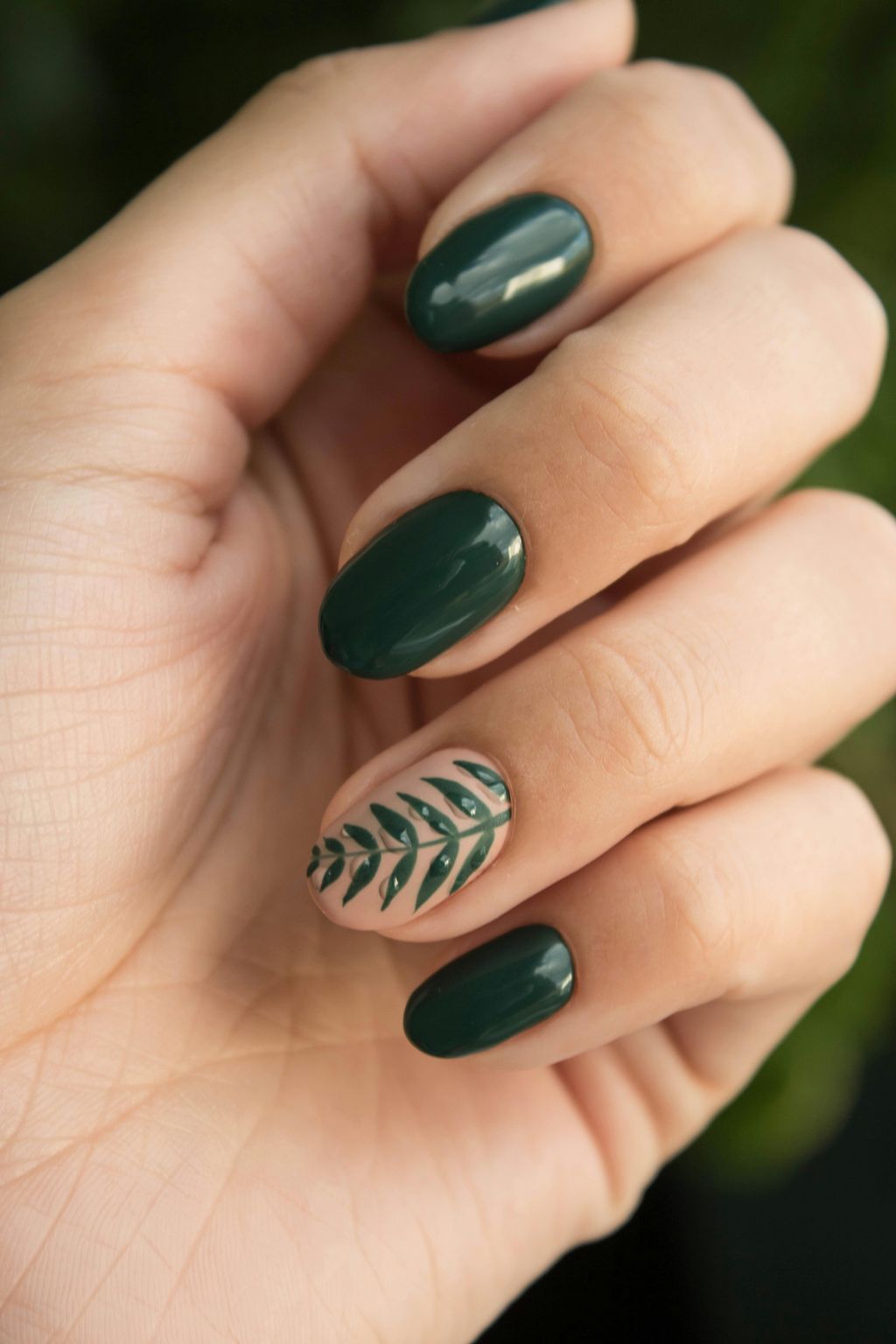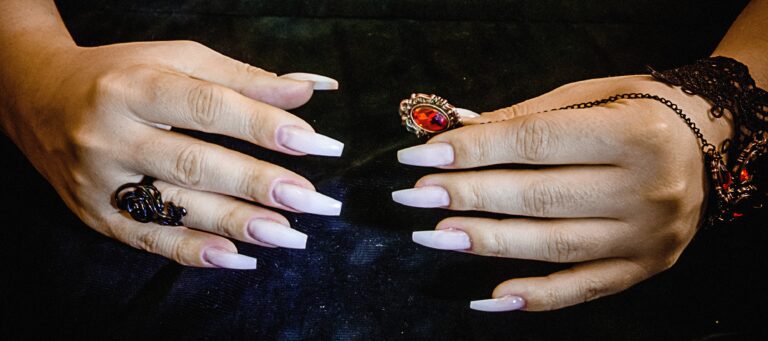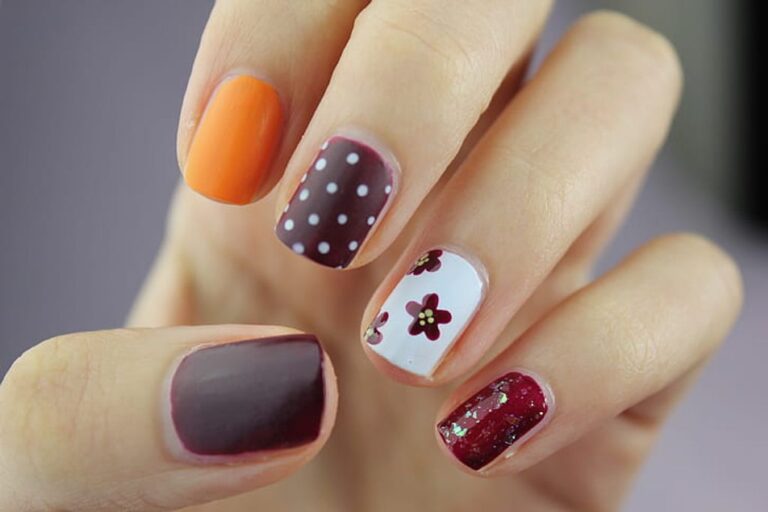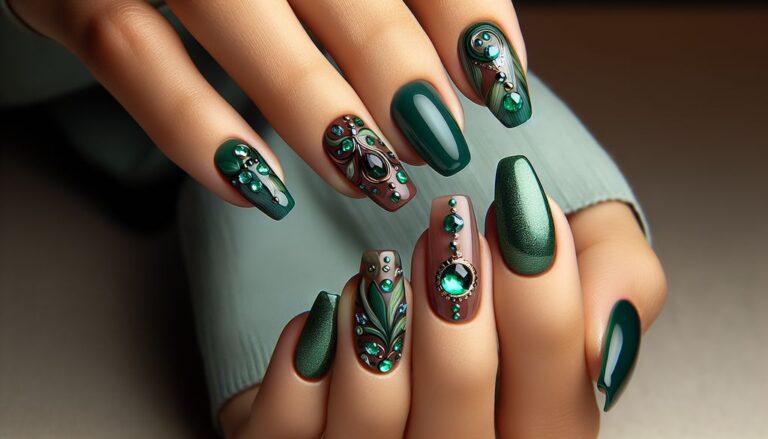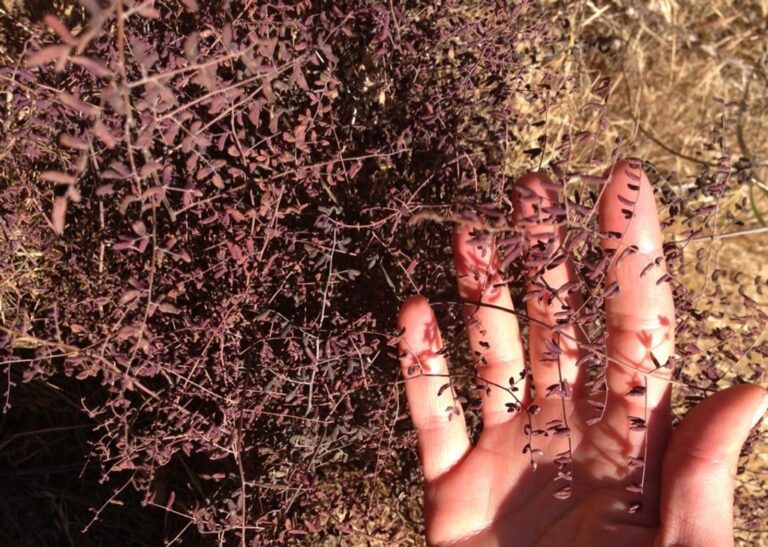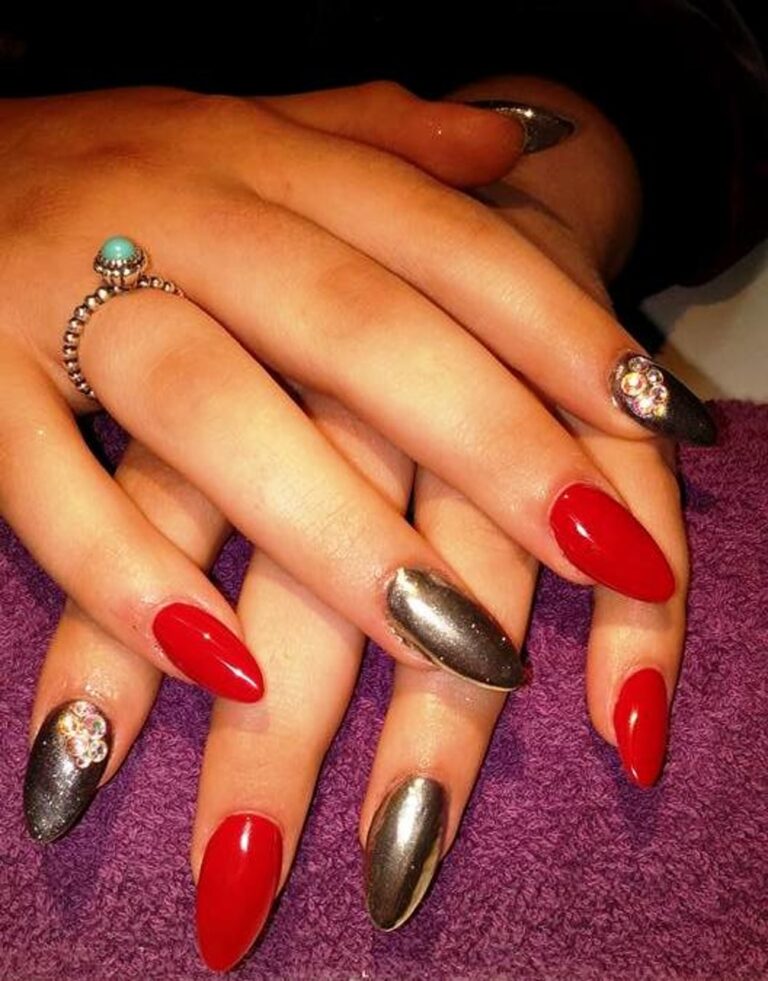“Green Enigma: When Nails Turn Green”
Green nails can be a puzzling and concerning phenomenon, often leaving individuals searching for answers. In this article, we will delve into the various causes of green nail discoloration, including medical conditions, environmental factors, and lifestyle influences. We will also explore the psychological and social implications of nail discoloration, providing insight into coping mechanisms and emotional impact.
Key Takeaways
- Maintain good nail hygiene to prevent green nail discoloration.
- Seek medical attention if you notice persistent green discoloration of the nails.
- Be cautious of occupational hazards that may affect the health of your nails.
- Avoid prolonged exposure to water and swimming pools to reduce the risk of green nails.
- Understand the psychological impact of nail discoloration and seek support if needed.
Unraveling the Mystery of Green Nails

The Basics of Nail Discoloration
Nail discoloration is a common concern that can arise from a variety of causes. It’s important to understand that not all changes in nail color are indicative of a serious condition. Some discolorations may be temporary and harmless, while others could signal an underlying health issue.
The color of our nails is influenced by the presence of melanin, blood flow, and other pigments within the nail bed. Factors such as minor injuries, exposure to substances, or internal changes can alter these elements, leading to a change in nail color. For example, a brown or black streak could be due to melanin, whereas a greenish hue might suggest a bacterial infection.
Common nail discolorations include:
- Yellowing, often associated with the use of dark nail polish or smoking
- White spots or streaks, typically due to minor trauma
- Green nails, which may indicate a bacterial infection
- Blue or purple nails, suggesting poor oxygenation
Tip: Consistent nail care and observation are key in detecting changes early. If you notice a sudden or persistent change in nail color, it’s advisable to consult a healthcare professional.
Common Causes of Green Nails
The phenomenon of green nails, often referred to as chloronychia, can be perplexing and concerning. One of the most common culprits behind this unusual discoloration is a bacterial infection, specifically by Pseudomonas aeruginosa. This opportunistic pathogen thrives in moist environments and can infiltrate the nail bed, leading to the characteristic green hue.
Apart from bacterial infections, other factors contributing to green nails include:
- Chronic exposure to water or moisture
- Frequent use of soaps and detergents
- Improper application of nail enhancements, such as acrylics
- Physical trauma or microtrauma to the nails
Tip: To minimize the risk of green nails, it’s crucial to maintain dryness and cleanliness around the nail area, especially after exposure to water or chemicals.
While green nails can be an isolated issue, they may also signal underlying health concerns. It’s essential to observe any accompanying symptoms and seek professional advice if the condition persists.
The Role of Infection in Nail Changes
Infections play a pivotal role in the discoloration of nails, often turning them a startling shade of green. This change is typically a sign of a bacterial or fungal presence beneath the nail plate. While the Pseudomonas bacterium is a common culprit, it’s not the only pathogen capable of altering nail color.
- Infection-induced green nails can manifest in various ways, depending on the severity and type of infection. Some may experience mild discoloration, while others might notice a more pronounced green hue accompanied by additional symptoms such as swelling or pain.
Tip: Early detection and treatment of nail infections can prevent the discoloration from becoming permanent.
Understanding the specific type of infection is crucial for effective treatment. Here is a list of symptoms that might indicate an infection:
- Greenish discoloration of the nail
- Nail thickening or changes in texture
- Pain or discomfort around the nail
- Unpleasant odor
If you notice any of these symptoms, it’s advisable to consult a healthcare professional for an accurate diagnosis and appropriate treatment plan.
Medical Conditions Linked to Green Nails

Fungal Infections: The Usual Suspects
Fungal infections are the most common culprits behind green nails. Inadequate sanitation and trapped moisture during manicures can lead to green fungus under acrylic nails. The telltale symptoms of green/black discoloration are indicative of this condition. It’s essential to address these issues promptly to prevent further complications. Additionally, nail fungus is characterized by discoloration and thickening of the nail, often turning it white, black, yellow, or green. Proper diagnosis and treatment are crucial in managing fungal nail infections.
Bacterial Infections: A Closer Look at Pseudomonas
Pseudomonas aeruginosa is a group of bacteria known for causing various types of infections, particularly in healthcare settings. These infections can range from mild skin infections to severe respiratory and systemic infections. The bacteria are spread through improper hygiene and can be resistant to many antibiotics, making them challenging to treat effectively. It’s important to be aware of the symptoms and risk factors associated with Pseudomonas infections to prevent their spread and ensure timely treatment.
When dealing with Pseudomonas infections, healthcare providers may need to consider the use of specialized antibiotics and infection control measures to contain the spread of the bacteria. Patients with compromised immune systems or chronic respiratory conditions are particularly vulnerable to Pseudomonas infections and require careful monitoring and management.
In healthcare facilities, strict adherence to infection control protocols, proper hand hygiene, and environmental cleaning are essential in preventing the transmission of Pseudomonas aeruginosa. Additionally, surveillance and monitoring of healthcare-associated infections play a crucial role in identifying and addressing potential outbreaks of Pseudomonas infections.
It’s important to note that Pseudomonas aeruginosa can also be found in environmental sources such as water, soil, and plants. Individuals with prolonged exposure to these environments, such as agricultural workers or individuals with outdoor hobbies, should be aware of the potential risk of Pseudomonas infections and take appropriate precautions to minimize exposure.
Other Health Issues That Can Cause Discoloration
While fungal and bacterial infections are common culprits behind green nails, other health issues can also lead to nail discoloration. Conditions such as melasma, Addison’s disease, and dermatitis may cause changes in nail pigmentation, albeit less frequently. These conditions often affect the skin but can extend their influence to the nails, indicating a more systemic issue.
Certain skin conditions, like tinea versicolor, can also manifest as nail discoloration. This is due to an overgrowth of yeast that affects the skin’s pigmentation. Although not as common, injuries or trauma to the nail bed can result in a greenish hue as the nail heals. It’s important to consider the entire spectrum of health issues when diagnosing the cause of green nails.
Tip: If you notice a sudden change in nail color, especially if accompanied by other symptoms, it’s advisable to seek medical attention to rule out underlying health conditions.
Environmental Factors and Lifestyle Influences

Occupational Hazards: When Work Affects Nail Health
Certain occupations expose individuals to environments and substances that can compromise nail health, leading to conditions like green nails. Prolonged or repeated exposure to chemicals, moisture, and even certain types of dust can result in nail discoloration. For instance, hairdressers, cleaners, and construction workers often come into contact with harsh chemicals that can affect the keratin structure of the nails.
- Hairdressers: Frequent use of dyes and bleaches
- Cleaners: Regular exposure to cleaning agents
- Construction Workers: Contact with industrial materials
- Gardeners: Interaction with soil and plant materials
- Healthcare Professionals: Constant use of sanitizers and disinfectants
Tip: Wearing protective gloves can significantly reduce the risk of nail discoloration due to occupational hazards. It’s essential to choose the right type of glove material to prevent permeation of harmful substances.
Understanding the specific risks associated with one’s profession is crucial for preventing green nails. It’s not just about the immediate aesthetic concern; prolonged exposure without proper protection can lead to more severe nail damage or infections.
Nail Care Products: Potential Risks and Precautions
While nail care products can enhance the appearance of your nails, it’s important to be aware of the potential risks associated with their use. Chemicals in nail polishes, hardeners, and removers can sometimes cause nails to turn green, either through direct staining or by creating an environment conducive to bacterial growth.
Volatile organic compounds (VOCs), commonly found in nail salon products, pose a significant health risk not only to consumers but also to salon workers who face chronic exposure. Symptoms can range from mild irritations to more severe conditions such as respiratory issues and even cancer. It is crucial to ensure proper ventilation when using these products and to consider using brands that prioritize non-toxic formulations.
Here are some precautions to consider when selecting and using nail care products:
- Opt for products from companies that offer clean, cruelty-free, and vegan options, like Eternal Cosmetics LLC.
- Look for nail polishes that are free from harmful chemicals such as formaldehyde, toluene, and dibutyl phthalate.
- Use protective gloves when dealing with nail care products, especially if you have cuts or abrasions around your nails.
Tip: Always read labels carefully and follow the manufacturer’s instructions to minimize the risk of nail discoloration and other health issues.
The Impact of Water Exposure and Swimming Pools
Frequent water exposure and swimming, especially in chlorinated pools, can lead to various nail conditions, including the development of green nails. Chlorine and other chemicals found in pool water can strip the nails of their natural oils, making them more susceptible to infections and discoloration.
Pseudomonas aeruginosa, a bacterium commonly associated with green nail syndrome, thrives in moist environments. Swimmers and individuals who spend a significant amount of time in water are at a higher risk of contracting this infection. The following list outlines key factors to consider regarding water exposure and nail health:
- The duration and frequency of swimming or water exposure
- The cleanliness and chemical balance of the pool water
- Personal nail care habits post-swimming
- The use of protective barriers, such as waterproof gloves, when possible
Tip: After swimming, thoroughly dry your nails and apply a moisturizing cream to help restore hydration and protect against bacterial growth.
Understanding the balance between enjoying water activities and maintaining nail health is essential. Implementing simple preventive measures can significantly reduce the risk of green nails and other related conditions.
Diagnosis and Treatment Options

Deciphering Symptoms: When to See a Doctor
When it comes to deciphering symptoms related to nail discoloration, it’s crucial to pay attention to any unusual changes in the color, texture, or shape of the nails. These changes can often indicate underlying health issues that require medical attention. If you notice any of the following symptoms, it’s advisable to consult a healthcare professional:
- Persistent green discoloration of the nails
- Pain, swelling, or discharge around the nail area
- Changes in nail thickness or texture
It’s important to remember that early detection and prompt treatment can significantly improve the outcome of nail-related conditions. Seeking timely medical advice is essential for accurate diagnosis and appropriate treatment. Ignoring vague or subtle symptoms without seeking medical attention can be dangerous, as some underlying medical conditions can have serious implications if left untreated. Remember, your nails can provide valuable insights into your overall health, so it’s essential to prioritize their well-being.
Exploring Treatment Pathways for Green Nails
When exploring treatment pathways for green nails, it’s important to consider the underlying cause of the discoloration. Proper diagnosis is crucial in determining the most effective treatment approach. In some cases, topical antifungal medications may be prescribed to address fungal infections. For more severe cases, oral antifungal medications or surgical intervention may be necessary. Additionally, maintaining good nail hygiene and avoiding exposure to potential irritants can help prevent further discoloration. It’s essential to consult a healthcare professional for personalized treatment recommendations and to discuss any concerns or questions.
Preventive Measures and Nail Care Best Practices
Maintaining the health of your nails is not just about aesthetics; it’s a vital part of your overall well-being. To prevent the occurrence of green nails, it is essential to adopt a series of best practices in your daily routine. Firstly, ensure that your hands and nails are kept clean; use hydrating hand soaps that are gentle yet effective. Regularly cleaning underneath the nails can significantly reduce the risk of bacterial and fungal infections.
- Keep nails clean and dry to avoid unwanted moisture that can harbor pathogens.
- Trim nails straight across and gently file any sharp edges to prevent trauma.
- Use a moisturizer regularly to maintain nail flexibility and prevent cracking.
Tip: When using nail care products, always opt for those that are free from harsh chemicals that can compromise nail integrity.
By incorporating these simple steps into your nail care regimen, you can help safeguard your nails against discoloration and infection. Remember, healthy nails are a reflection of a healthy body, and taking the time to care for them can have lasting benefits.
The Psychological and Social Implications of Nail Discoloration

Coping with the Stigma of Unusual Nail Color
Living with green nails can be more than just a cosmetic concern; it often carries a social stigma that can affect one’s self-esteem and interpersonal relationships. The visible nature of nail discoloration can lead to misconceptions, causing individuals to feel self-conscious or judged by others.
- To mitigate the impact of this stigma, consider the following strategies:
- Engage in open conversations to educate others about the condition.
- Seek support from communities or forums with individuals facing similar challenges.
- Focus on self-care and personal well-being to build resilience against negative perceptions.
Remember, the color of your nails does not define your worth or capabilities. Embracing this mindset is crucial in overcoming the psychological barriers associated with nail discoloration.
The Emotional Toll of Chronic Nail Conditions
Chronic nail conditions can have a profound impact on an individual’s mental well-being. The persistent presence of unusual nail color can lead to feelings of self-consciousness and social discomfort. Individuals may find themselves avoiding social situations and experiencing heightened anxiety related to their appearance. It’s important to address the emotional toll of chronic nail conditions and seek support when needed. Seeking professional help can provide valuable guidance and support for managing the psychological effects of nail discoloration.
Nail discoloration can have significant psychological and social implications. It can affect self-esteem, confidence, and the way individuals perceive themselves. The appearance of nails plays a crucial role in personal grooming and can impact social interactions. At NAILinspire.com, we understand the importance of nail health and beauty. Our comprehensive online nail art design library offers valuable resources, tips, and inspiration to help you achieve the perfect nails. Explore our collection of nail care techniques, trendy designs, and expert advice. Take the first step towards nail confidence and visit NAILinspire.com today!
Frequently Asked Questions
What causes nails to turn green?
Nail discoloration can be caused by a variety of factors, including infections, medical conditions, environmental influences, and lifestyle habits. The specific cause of green nails depends on the individual’s circumstances and should be evaluated by a healthcare professional.
Are green nails a sign of a serious health problem?
In some cases, green nails can be indicative of an underlying health issue, such as a fungal or bacterial infection. It is important to consult a healthcare provider for proper diagnosis and treatment if green nails persist or are accompanied by other symptoms.
Can nail care products contribute to green nail discoloration?
Certain nail care products, especially those containing harsh chemicals or dyes, may contribute to nail discoloration. It is advisable to use nail products from reputable brands and to follow proper nail care practices to minimize the risk of nail color changes.
Is it safe to swim in pools if I have green nails?
Swimming in pools, especially those treated with chlorine, can potentially exacerbate nail discoloration. It is recommended to consult with a dermatologist or healthcare professional to determine the best course of action if you have green nails and are considering swimming.
What are the treatment options for green nails?
Treatment for green nails depends on the underlying cause. It may involve topical or oral medications for infections, lifestyle modifications, and proper nail care practices. A healthcare provider can provide personalized treatment recommendations based on the individual’s condition.
How can I prevent my nails from turning green?
Preventing green nail discoloration involves maintaining good nail hygiene, avoiding exposure to potential irritants, using gentle nail care products, and seeking prompt medical attention for any changes in nail color or texture.

